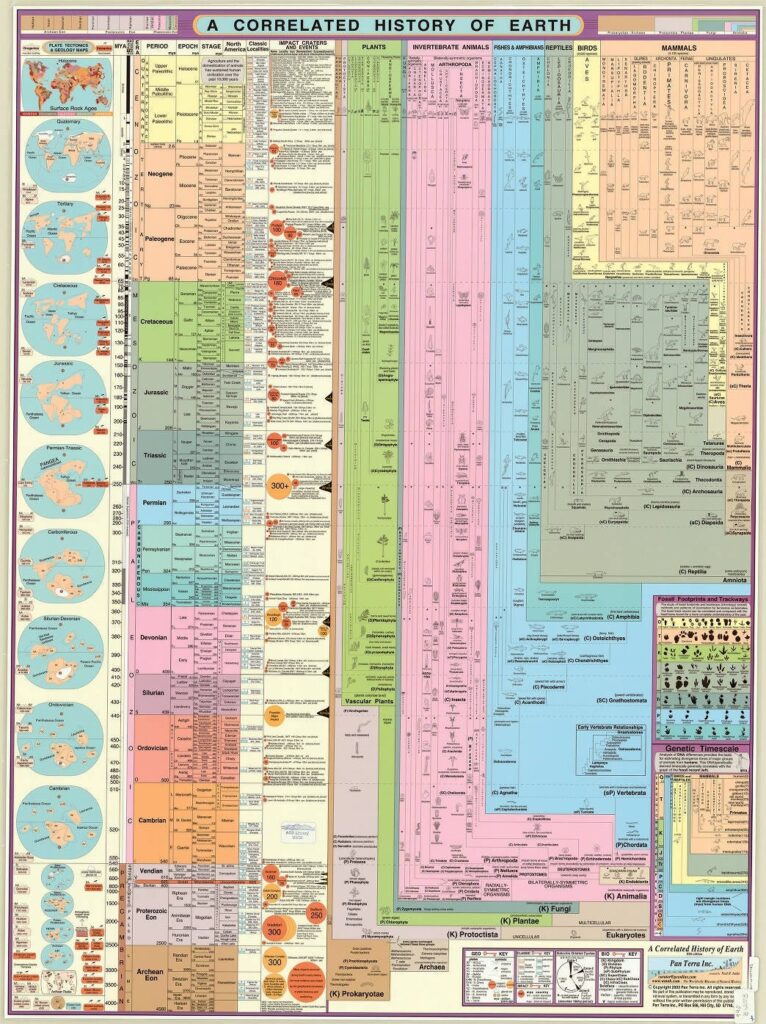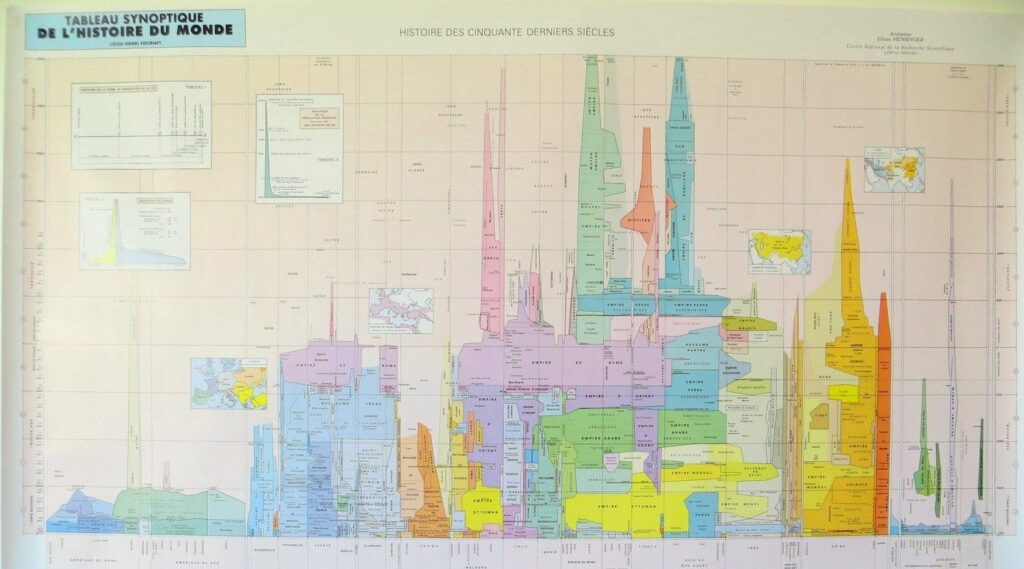What the Dormouse Said
The hippie origins of PCs
I have always suspected computers had a secret history, and here it is: sex, drugs and rock and roll. This outlaw culture birthed what we now call personal computers. Not VCs, not the military, not universities, but hippies, activists, bums, and outright visionaries with visions. A story this strange you could not make up. The surprising countercultural roots of our essential technology is not only an amazing hither-to untold tale (laid out with fast-paced charm by the New York Times’ chief technology reporter), it also remains a pertinent lesson to anyone hoping to use technology to remake society: First, feed your head! The money will come. What a wonderful story!
08/15/05Excerpt
[Stolaroff] returned to California a zealot, a convert to the new LSD faith. He had decided that experiences like the one he had had in Canada were the answer to the world's problems. LSD would give society a new set of powerful tools to advance human development. Like Engelbart, Stolaroff set off on his own grand quest to augment the human mind.
His first stop was his closest friends at the Sequoia Seminar, where he had become a member of the group's planning committee. He introduced them to LSD in turn and created an informal research group composed of five fellow engineers and their wives. The group included a young Ampex engineer, Don Allen; Stanford electrical engineering professor Willis Harman; and several others from both Hewlett-Packard and SRI. Stolaroff's study group set in motion an unheralded but significant train of events, plunging a small group of technologists into the world of psychedelics almost a decade before LSD became a standard recreational drug on American college campuses.
The group was not focused on drugs per se but became a forum for wide-ranging discussions on all kinds of topics in philosophy and life in general. The group met on Monday nights at the home of one of its members, and one person would take LSD while the others assisted. The following Monday, that person would describe his experience, and then the subsequent week the group would move on to the next experimenter.
The familiarity he gained with LSD from hearing the engineers' experiences made Stolaroff confident that he understood the drug, and he became increasingly skeptical about the medical reports he had read that described its effects as hallucinations, delusions, or other symptoms of a psychosis. He decided that in an LSD-induced state it was possible to attain moments in which the mind was both sharp and clear and where a flow of new ideas would emerge. It struck him that, if used as part of the Ampex product-design process, the drug could be a perfect tool for improving a company's business.
*
Bill Duvall at work on one of the Augment Group's yoga workstations.
*
Dave Evans was one of the Augment team members who had strong ties to the counterculture, and one evening Steward Brand brought Ken Kesey by for a look at the NLS system. It was several years after the Merry Prankster era and Kesey's legal problems over a marijuana arrest, and he had become a celebrity as a result of the publication of Tom Wolfe's The Electric Kool-Aid Acid Test, in which he was the main character. He was quarreling with Hollywood movie studios over the film based on his novel Sometimes a Great Notion and was preparing to retreat to a dairy farm in Oregon.
For an hour, Evans took the system through its paces, showing the writer how it was possible to manipulate text, retrieve information, and collaborate with others. At the end of the demonstration Kesey sighed and said, "It's the next thing after acid."
What the Dormouse Said How the 60s Counterculture Shaped the Personal Computer John Markoff 2005, 336 pages $15









